Sterling surges BoE kept bank rate unchanged 0.50% with 6-3 vote. The usual suspects Ian McCafferty and Michael Saunders voted for a hike to 0.75%. And to many’s surprise, chief economist Andrew Haldane voted for a hike too. His vote carries much significance.
On growth, BoE noted the judgement that the dip in Q1 was temporary “appears broadly on track”. It pointed to the rebound in household consumption and sentiments as evidence while “employment growth has remained solid”. Despite decline in manufacturing output in April, surveys of business activity have been stable. And overall, the data “point to growth in the second quarter in line with the Committee’s May projections.
On inflation, BoE expects CPI to “pick up by slightly more than projected” in the near term. That reflects ” higher dollar oil prices and a weaker sterling exchange rate.” And, indicators of wage growth also picked up with labor markets remains tight. “Domestic cost pressures will continue to firm gradually, as expected.”
On forward guidance, BoE expects to maintain the size of assets purchased at GBP 435B and use the Bank Rate as “primary instrument” for momentary policy for now. And BoE will NOT reduce the size of the assets until Bank Rate reaches around 1.50%, lowered from prior guidance of around 2.00%.
Full statement below.
Bank Rate Maintained at 0.50%
Our Monetary Policy Committee has voted by a majority of 6-3 to maintain Bank Rate at 0.5%. The committee also voted unanimously to maintain the stock of corporate bond purchases and UK government bond purchases.
Monetary Policy Summary and minutes of the Monetary Policy Committee meeting
The Bank of England’s Monetary Policy Committee (MPC) sets monetary policy to meet the 2% inflation target, and in a way that helps to sustain growth and employment. At its meeting ending on 20 June 2018, the MPC voted by a majority of 6-3 to maintain Bank Rate at 0.5%. The Committee voted unanimously to maintain the stock of sterling non-financial investment-grade corporate bond purchases, financed by the issuance of central bank reserves, at £10 billion. The Committee also voted unanimously to maintain the stock of UK government bond purchases, financed by the issuance of central bank reserves, at £435 billion.
In the MPC’s most recent projections, set out in the May Inflation Report, GDP was expected to grow by around 1¾% per year on average over the forecast, conditioned on the gently rising path of Bank Rate implied by market yields at the time. In those projections, growth continued to rotate towards net trade and business investment and away from consumption. While modest by historical standards, the projected pace of GDP growth over the forecast was nevertheless slightly faster than the diminished rate of supply growth, which averaged around 1½% per year. As a result, a small margin of excess demand was projected to emerge by early 2020, feeding through into higher rates of pay growth and domestic cost pressures. Nevertheless, CPI inflation continued to fall back gradually as the effects of sterling’s past depreciation faded, reaching the 2% target in two years.
A key assumption in the MPC’s May projections was that the dip in output growth in the first quarter would prove temporary, with momentum recovering in the second quarter. This judgement appears broadly on track. A number of indicators of household spending and sentiment have bounced back strongly from what appeared to be erratic weakness in Q1, in part related to the adverse weather. Employment growth has remained solid. Although manufacturing output recorded a decline in April, and this was accompanied by a fall in goods exports, surveys of business activity have been stable and, as a whole, point to growth in the second quarter in line with the Committee’s May projections.
Internationally, activity data have been mixed. Indicators suggest that US growth bounced back strongly in Q2 from the softness in Q1. Euro-area growth has been weaker than expected, and downside risks have increased in some emerging markets, in part reflecting tighter financial conditions. More broadly, the prospects for global GDP growth remain strong, and while financial conditions have tightened somewhat, they continue to be accommodative.
CPI inflation was 2.4% in May, unchanged from April. Inflation is expected to pick up by slightly more than projected in May in the near term, reflecting higher dollar oil prices and a weaker sterling exchange rate. Most indicators of pay growth have picked up over the past year and the labour market remains tight, suggesting that domestic cost pressures will continue to firm gradually, as expected.
The Committee’s best collective judgement remains that, were the economy to develop broadly in line with the May Inflation Report projections, an ongoing tightening of monetary policy over the forecast period would be appropriate to return inflation sustainably to its target at a conventional horizon. For the majority of members, an increase in Bank Rate was not required at this meeting. All members agree that any future increases in Bank Rate are likely to be at a gradual pace and to a limited extent.
In addition to its discussion of the immediate policy decision, the Committee reviewed its previous guidance on the level of Bank Rate at which the MPC will consider whether to start to reduce the stock of purchased assets. The MPC continues to expect to maintain the stock of purchased assets until Bank Rate reaches a level from which it can be cut materially, reflecting the Committee’s preference to use Bank Rate as the primary instrument for monetary policy. Since the previous guidance, the Committee has reduced Bank Rate from 0.5% to 0.25% in August 2016 and has noted that it could lower it further if required. Reflecting this, the MPC now intends not to reduce the stock of purchased assets until Bank Rate reaches around 1.5%, compared to the previous guidance of around 2%. Any reduction in the stock of purchased assets will be conducted at a gradual and predictable pace. Decisions on Bank Rate will take into account any impact of changes in the stock of purchased assets on overall monetary conditions, in order to achieve the inflation target. In the event that potential movements in Bank Rate are judged insufficient to achieve the inflation target, the reduction in the stock of assets could be amended or reversed.




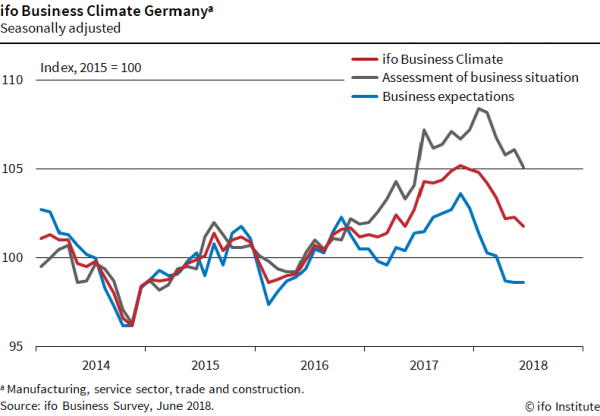
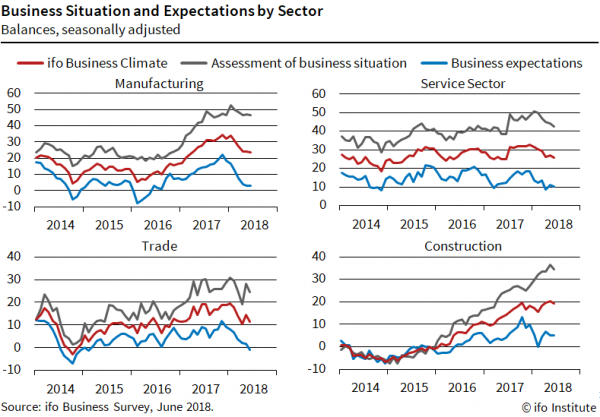
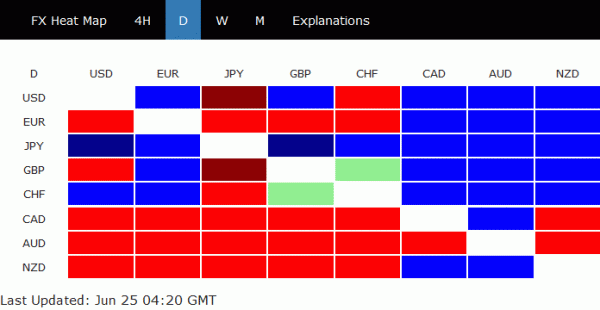

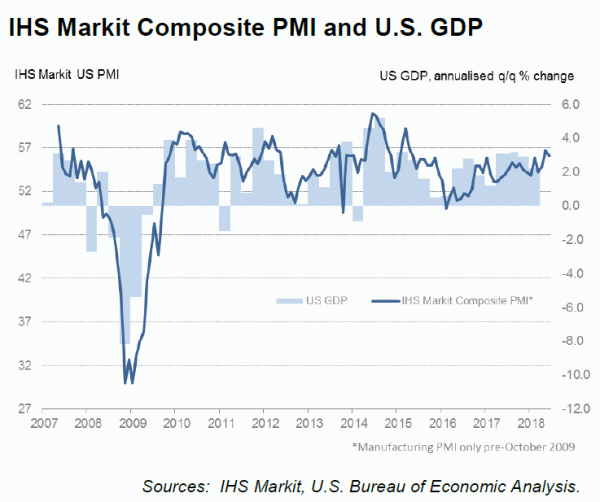
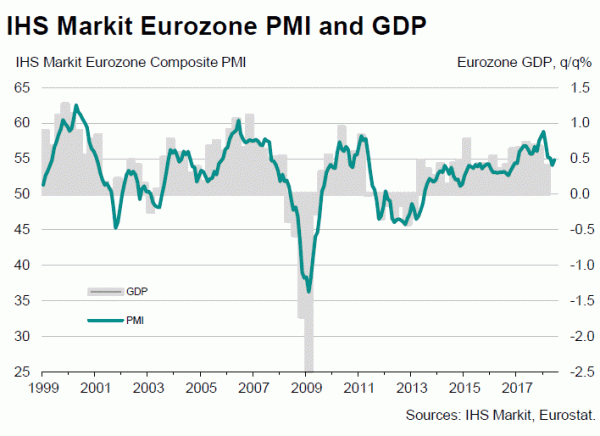
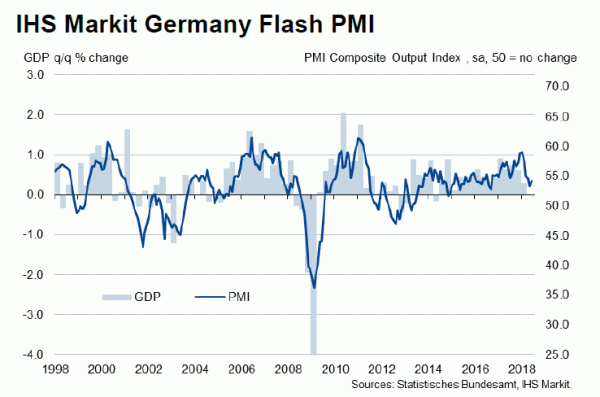
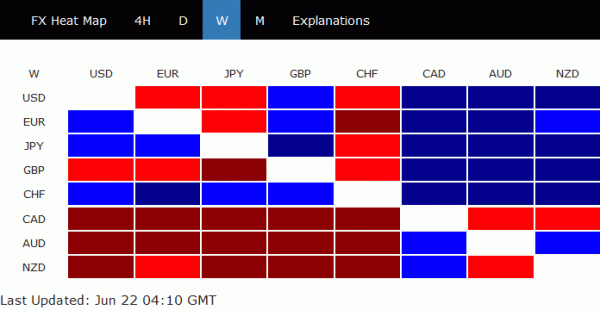
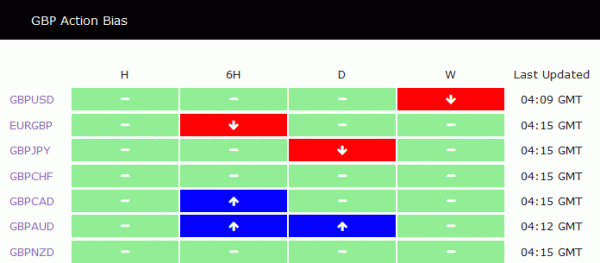
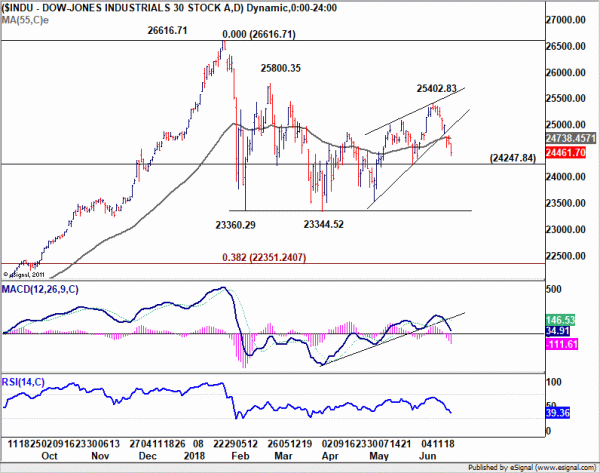
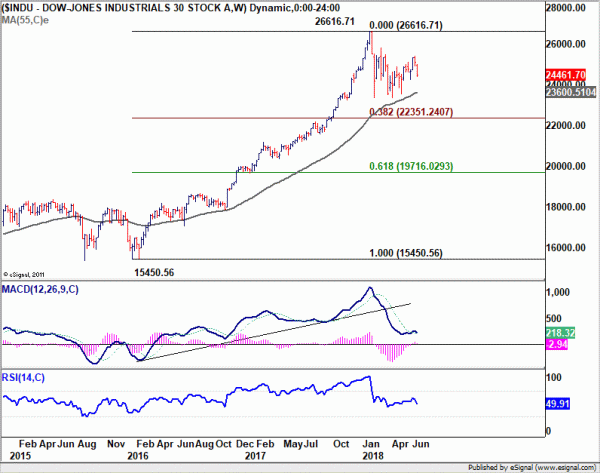
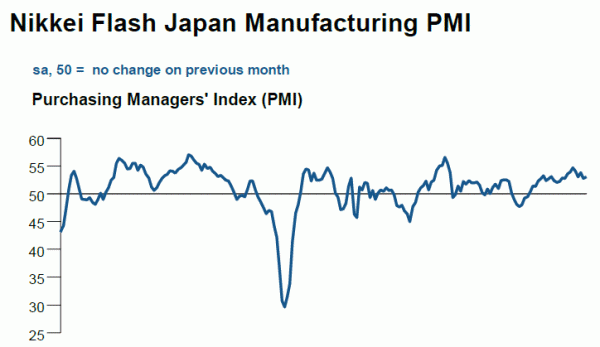

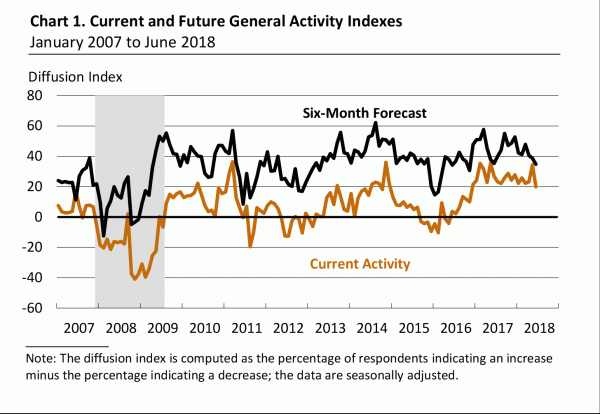
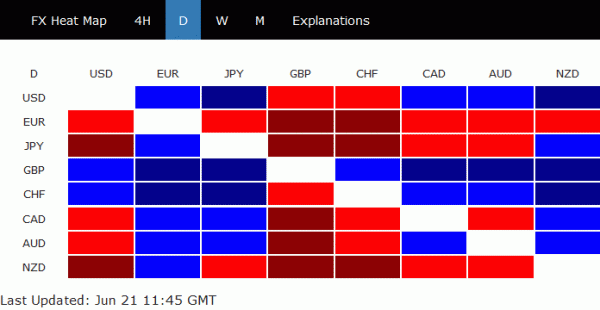
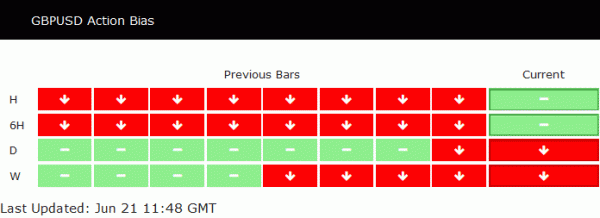
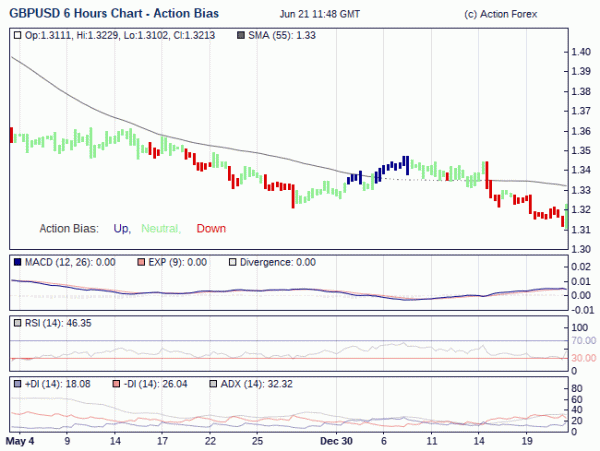
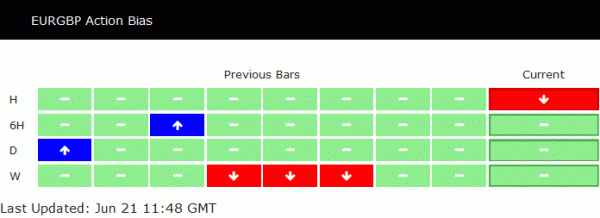
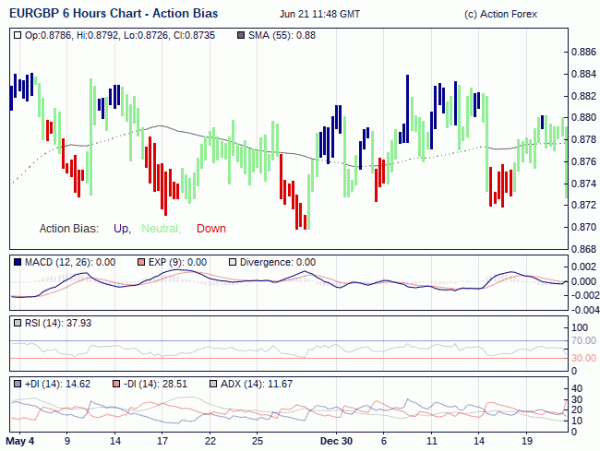
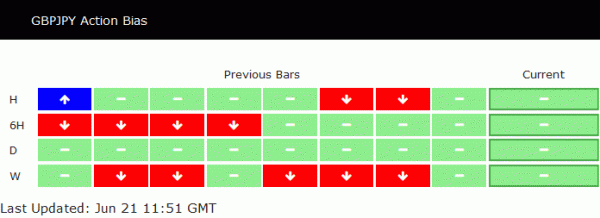
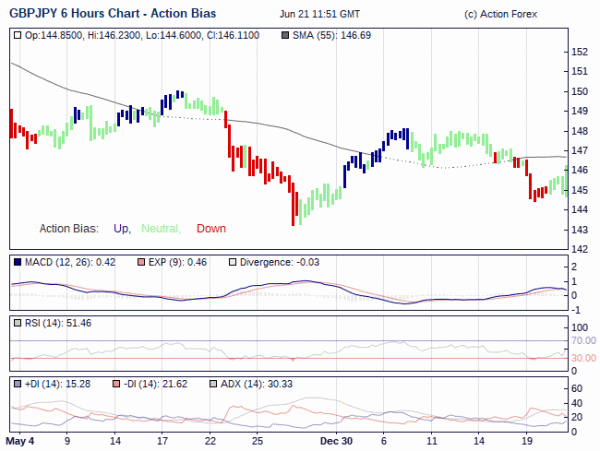

China and EU agreed to oppose unilateralism and trade protectionism
Chinese Vice Premier met with European Commission Vice President Jyrki Katainen in Beijing today. After the meeting, Liu said in a media briefing that “both sides believe that we must resolutely oppose unilateralism and trade protectionism and prevent such behavior from causing volatility and recession in the global economy.” Additionally, both sides will prepare lists of proposals for bilateral investment agreement at another China-EU summit next month.
Katainen, on the other hand, emphasized there some areas must be addressed to take the economic, trade and investment relationship further. For example, he said “it is essential that we work together to tackle overcapacity in sectors such as steel and aluminum.” And he urged China to avoid overcapacity in other sectors too, including those targeted by the “Made in China 2025” initiative.